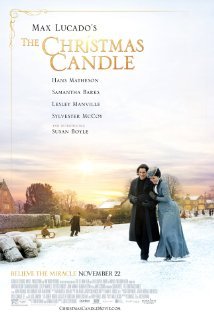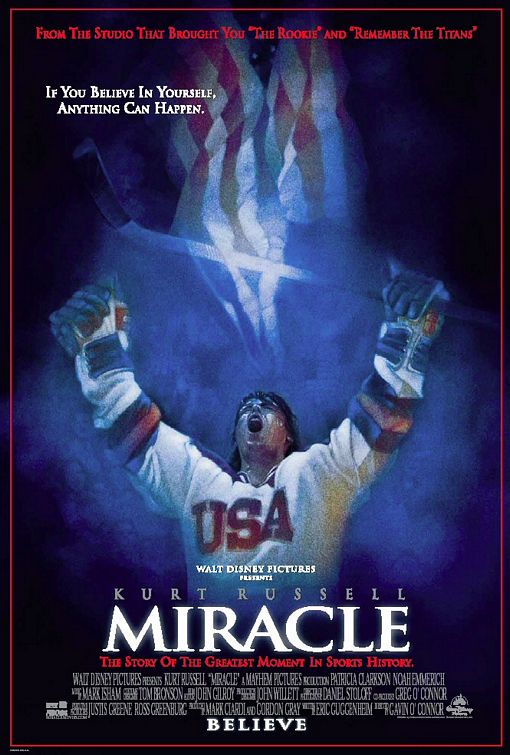The Story Behind 8 Classic Christmas Songs
By Movieguide® Contributor
Christmas is that special season when you will hear songs written decades—and even centuries ago—playing ubiquitously on the radio, in stores or even in coffee shops.
From “God Rest Ye Merry, Gentlemen” to “White Christmas,” each has a unique story behind them that resonates with audiences today.
“O Holy Night”
Originally called “Cantique de Noël,” French lyricist Placide Cappeau penned the song, and Adolphe Adam set it to music in 1847. American minister John Sullivan Dwight translated the hymn to English, where it gained popularity, especially with abolitionists (Dwight being among them) as the third verse reads, “Chains shall He break, for the slave is our brother, And in his name, all oppression shall cease.”
“O Holy Night” would be the first Christmas song to air on the radio when Canadian inventor Reginald Fessenden played it on his violin on Christmas Eve in 1906.
“White Christmas”
This wartime hit from 1942 was written by Irving Berlin for the Bing Crosby and Fred Astaire movie HOLIDAY INN. The Jewish composer found the project daunting because of his orthodox upbringing and also losing his infant son on Christmas years earlier.
Despite his initial misgivings, he would be quoted as telling his secretary, “Not only is it the best song I ever wrote, it’s the best song anybody ever wrote.” It would become the most requested song by soldiers during World War II.
“Silent Night”
A broken organ might have had a hand in spreading “Silent Night”’s fame past its Austrian origins. The lyrics were penned by Father Joseph Mohr in 1818. As legend has it, he was inspired to write the lyrics after visiting a family one night and seeing a mother with a baby. Later that evening, he wrote a poem about the Christ Child on the night of His birth.
His friend Franz Gruber would put the lyrics to music on his guitar and play the song for the Christmas Eve service at the church in the small village of Oberndorf.
According to Gruber, when an organ mender later came to fix the church’s organ, he had Gruber test out the newly repaired instrument and played “Silent Night” for him. The hymn stuck with the organ mender, and he taught the song to the children in his village. Its popularity would eventually grow across Europe.
“God Rest Ye Merry, Gentlemen”
The author of this Christmas gem is unknown, but the first known manuscript dates back to the 1650s. Sometimes mispunctuated as “God Rest Ye, Merry Gentlemen,” it loses its original meaning of “God Keep Ye Merry, Gentleman,” with “keep” meaning “rest.”
It is believed to be among carolers’ favorites to sing in the streets of England as early as the 1600s. The carol appears in Charles Dickens’ 1843 “A Christmas Carol” and George Elliot’s 1861 book “Silas Marner.”
“What Child is This?”
This Christmas favorite depicts the nativity scene:
What Child is this, who laid to rest,
On Mary’s lap, is sleeping?
Whom angels greet with anthems sweet,
While shepherds watch are keeping?
This, this is Christ the King
The lyrics were written by insurance company executive William Chatterton Dix, originally as the poem “The Manger Throne” in 1865. It was later set to the traditional English folk song “Greensleeves’ in 1871, which was often credited to King Henry VIII but was likely written before his reign.
“We Three Kings of Orient Are”
Reporter, editor, law student and later ordained deacon John Henry Hopkins was behind the carol “We Three Kings of Orient Are.” It gives an account of the wise men who bring gifts to Jesus, the newborn king.
Although the wise men are not specified as rulers in the Bible (nor does it specify the number of wise men), the term may stem from the idea of even kings bowing before King Jesus.
“In the years before this song was written, the wise men—most likely astrologers from Persia—came to be described as “kings,” a significant symbolic shift that denoted even royal rulers humbling themselves in the presence of the infant Son of God,” Parade observed.
“Have Yourself a Merry Little Christmas”
This beloved holiday classic, written in 1944 for MEET ME IN ST. LOUIS and sung by Judy Garland, almost didn’t see the light of day. Written by Hugh Martin and Ralph Blaine, Martin was initially displeased with the melody.
“I found a little madrigal-like tune that I liked but couldn’t make work, so I played with it for two or three days and then threw it in the wastebasket,” Martin told Terry Gross on NPR’s FRESH AIR.
But Blaine saw a potential hit and pulled it from the trash.
The original lyrics had Garland singing to her character’s 7-year-old sister Tootie, played by Margaret O’Brien, “Have yourself a merry little Christmas, it may be your last” and “faithful friends who were dear to us, will be near to us no more.” Garland objected to the dark version of the song.
“If I sing that, little Margaret will cry, and they’ll think I’m a monster, ” Martin recalled Garland telling him.
The lyrics were changed to the ones that fans know and love today. “It may be your last” was replaced with “let your heart be light” and “faithful friends who are dear to us, gather near to us once more.”
“I Heard the Bells on Christmas Day”
This hymn was written by “America’s Poet” Henry Wadsworth Longfellow in 1863. It came out of the time of the Civil War and the grief he suffered after losing his wife in a fire two years prior. He was inspired to write the hymn after hearing bells ring from a nearby church.
The song starts sorrowfully:
And in despair I bowed my head:
“There is no peace on earth,” I said,
“For hate is strong, and mocks the song
Of peace on earth, good will to men.”
But later ends expressing hope and faith restored:
Then pealed the bells more loud and deep:
“God is not dead, nor does He sleep,
For Christ is here; His Spirit near
Brings peace on earth, good will to men.”
The poem has been set to various melodies throughout the years. The earliest known version of the poem set to music was John Baptiste Calkin, who played it to the tune “Waltham.” Later, Johnny Marks wrote a melody to “I Heard the Bells” in 1956.



 - Content:
- Content: 


 - Content:
- Content: 